The Five and a Half Filters of Game Creation

Right, we passed by many thoughts, and we even structured some interesting ideas, now we have to separate the best ideas, and how do we separate a good idea from a not so good one or one that is simply bad? How do we choose an idea without basing ourselves in personal opinion?
As soon as we arrived here, here where? In the filters to separate a good project from the others.
This is a more simple concept than the past few, which can be resumed in this 5 questions:
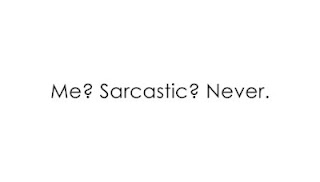
First Filter - This game seems good to you?
Second Filter - Is the game (or, will the game be) well made?
Third Filter - Will the target audience be sufficiently attracted by the game?
Fourth Filter - Will this game be priced well enough to cover his cost taxes?
Fifth Filter - Which will be the most likely opinion of those who play the game?
Half Filter - Will this game generate a community with a social game value?
Extra question, it fits some games, the ones that need social networks to survive, like Facebook, or some MMORPGS.
Now let’s go to the more pedagogic side of the thing, I will explain all of those questions in a better manner.
First Filter - The Designer’s Instinct
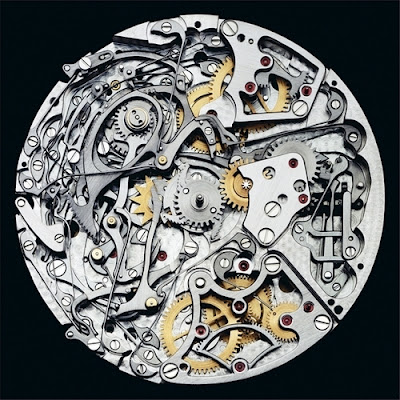
This is the dearest filter to the designers, beware to not elevate your ego enough so this will be the unique filter. This Filter is really simple, you just need to feel, this game looks good enough to you? Do you think that it will be a good piece? Will it work? Then its done, you passed on this filter.
Yes, this filter is kinda personal, the other filters will balance this personal choice.
Second Filter - The Experience of the Designer/Team
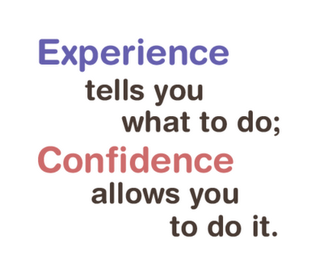
This filter is one with high complexity, it requires que you take note of everything that you and/or your team know about game making by studies or experience, this involve knowledge about user experience, aesthetics, sound development to specific situations, interest areas, game balancing, to pass on this second filter, the project has to pass through a variety of critiques based on the knowledge of the designer and his team.
Third Filter - Taxonomy of the Attraction
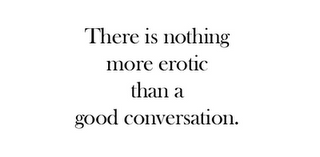
Maybe not, but it’s highly probable that your game has an target audience, even if you did’nt define which yet. This public can be divided by many different manners: age, sex, social class, religious beliefs, special interests, favourite sports (For example: Girls in popularity contests on their teenage years).
With this filter you have to consider precisely if the design is pleasant, interesting and attractive for the destiny audience.
Fourth Filter - Business

Yes, it can be a surprise for you by this moment, but the game dev area is a business. And it is a really rentable business.
In this filter we will be analyzing everything about the possibility of selling your game, the chances of getting a headlight on the shelves, in steam, in a indie pack or in some app store, your appeal, your marketing cost, production cost, innovation cost, team expenses, and production time, and if your competitors games are similar, if they have bet in what you are betting and some other informations of the genre, specific for your game.
This filter involves the technology that will be used and all costs related to it, be it for creation of the sound effects, art production, writing sorting, in the language programming or the games marketing.
Fifth Filter - Player's role
Recalling that the last filter, has a lot to relate with the public’s reception, what will define if your game is a success or not.
To apply this filter, your game has to achieve a development level of being playable, where the player can immerse in the plot, understand the mechanics and feel the game by itself. Here it will be possible to analyze the behavior of your public in projected situations for them, see the feedback related to the screens, menus, bars, and so generate really important changes for the game.
Além de modificar o jogo em si, você começa a entender seu público melhor, vê o psicológico dele em funcionamento e pode-se usar disso para fora do jogo, seja em uma campanha de marketing ou uma competição por votação.
Half Filter - Social Media

Important Filter, but not necessary for all games, it can be a golden filter or just another little details, it depends absurdly on the game style.
Games like MMORPGs need a lot of players, if so not, they turn out to be boring, without the social coefficient that they should carry, but games for mobile, where is required a faster interaction without connection or complications, the community can turn itself indifferent for those matters.
Obviously the opposite can happen, there are mobile games which explored the multiplayer factor and turned out to be absurdly interesting because of that, the cases can vary from the game mechanics. In the common case to have a parallel community commenting about the game can create a long term marketing for it.
Then it turns out to be necessary to pass the social filter just in some cases.
And so, to finalize this little post about filters, we arrive at the patterned conclusion.
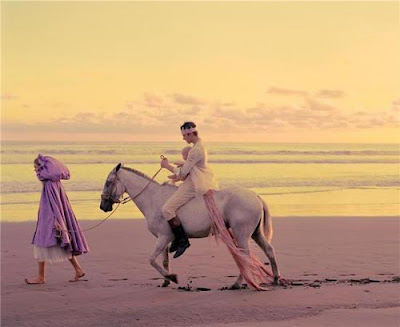
Sometimes it’s necessary to change some filters with the project’s growth, perhaps because of a sponsor’s funds change (Imagined 150.000 to inves, and it turned to be 90.000), censorship rules (the censorship does not accept some scenes with red blood), or it was planned for the wrong demographic age group (the target was men with the range of age from 12- 13 years, now the game turned out to be more accepted by women from the age range of the 16 - 24) between other possibilities. What is more important to highlight is that there are no problems with those changes, provided that the restrictions of your design permit that. It’s important to find a manner to pass all the five filters.
You are going to use those filters for many repeated times until they appear automatically for you, enough so you can call them by good sense in the future, there will be a moment that you won’t even notice that you separate so well and easily the diverse kinds of and different ideas, sorting them from possible ideas, valuable ideas, public ideas, profitable, and others.
With the posterior experience, you will organize swiftly your best ideas, or the ideas of the others, in structured and defined concepts to be applied with haste and easiness. It will turn out to be pleasurable for you and your team when you win experience with this.
References:
The Art of Game Design - Jesse Schell
Images - Scirra, weheartit, google images
Revision and Translation - Thiago Caldas

















Thanks again Thiago!